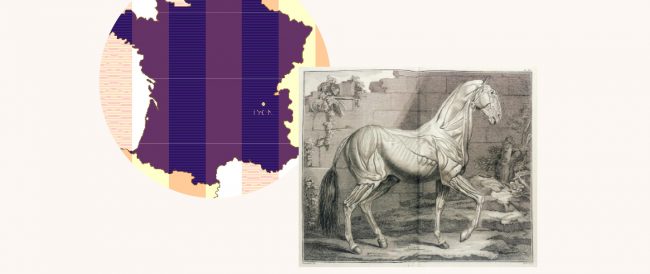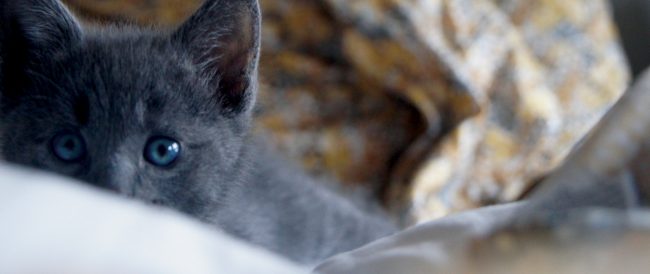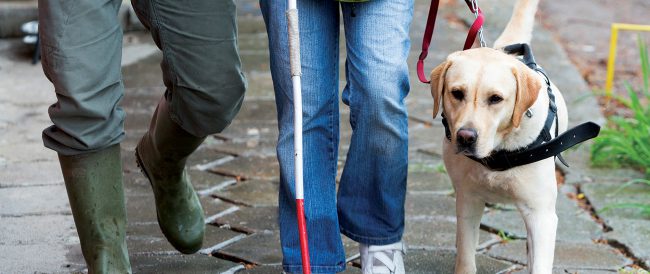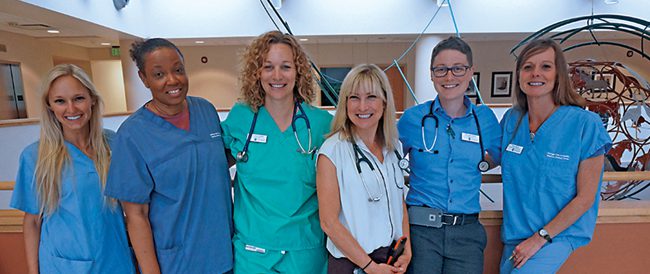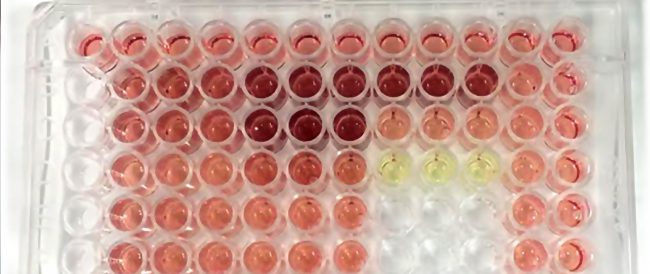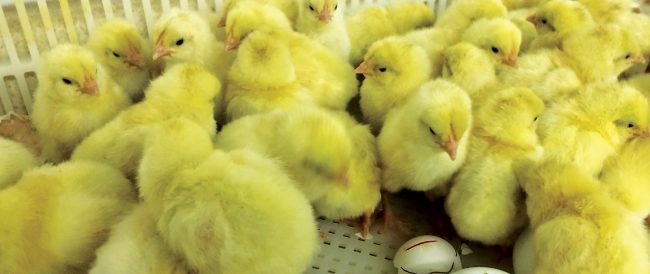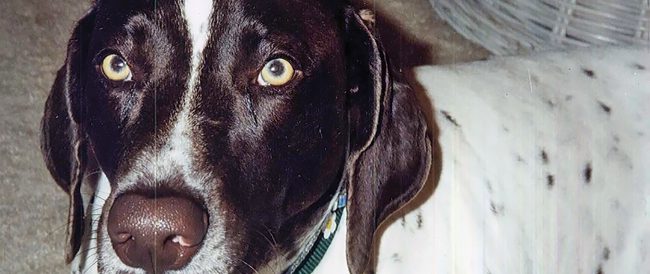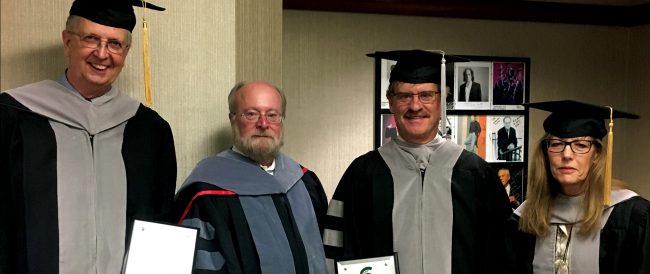 Read More
Read More
Dr. Cari Hearn, DVM, MS, shares about her research regarding Marek’s disease in chickens and how her experience at MSU helped shape her career path.

What is Marek’s disease, and why is it a concern for chickens and humans?
Marek’s disease is one of the most ubiquitous infectious diseases of chickens. It produces a range of symptoms in unvaccinated flocks including paralysis, tumors, and decreased egg and meat production. Because the virus is universally present in poultry flocks, disease prevention strategies are of critical importance to the poultry industry. While Marek’s disease does not infect non-poultry species, it is a useful model for studying mechanisms of virally induced cancer that are applicable to human and animal health.
How did you begin researching Marek’s disease?
I came to MSU as a DVM student. Through the MSU College of Veterinary Medicine’s Summer Research Program, I joined Dr. Ian York’s lab and worked on immune evasion in Marek’s disease. Then, I joined the Comparative Medicine and Integrative Biology Program (CMIB) as a dual DVM/MS student. Now, I work at the USDA Avian Disease and Oncology Laboratory, and continue in CMIB as a PhD student in Dr. Hans Cheng’s lab. CMIB has been an incredibly supportive program, and I have continued to appreciate its translational and interdisciplinary focus.
Explain your research regarding Marek’s disease.
My goal is to better understand the effects of genetic selection on the immune response to Marek’s disease. If we can understand the underlying mechanisms of disease resistance, we can potentially develop birds with high disease resistance without sacrificing production traits. I identified the T cell receptor repertoire as a potentially important source of variation between Marek’s disease-resistant and -susceptible layer chickens. I also am using single-cell transcriptomics to identify differences in immune responses to Marek’s disease between resistant and susceptible birds, and hope to identify new immune cell types and markers for studying the avian immune system. Most recently, I am also studying the basis for neurologic symptoms in Marek’s disease.
Explain how your research caters to the human-animal bond.
There is an important link between the health of production animals and the wellbeing of the producers whose livelihood depends on them. Minimizing risks to animal health by improving flock genetics and developing better vaccines results in healthier birds and more security for the farmers and the farm staff who raise them. Production veterinarians and animal health researchers have a responsibility to maintain vigilance against diseases, which will continue to present risks in the future.
What advice would you offer to current and future veterinarians considering research?
There is nothing like participating in the scientific process to whet the appetite for research! There are paid traineeships for veterinary students; fellowships sponsored by universities, companies, and governments; and opportunities for the
enthusiastic volunteer.
What are your plans after graduation?
After graduation, I plan to continue working as a research scientist and veterinary officer with the USDA Agricultural Research Service.


